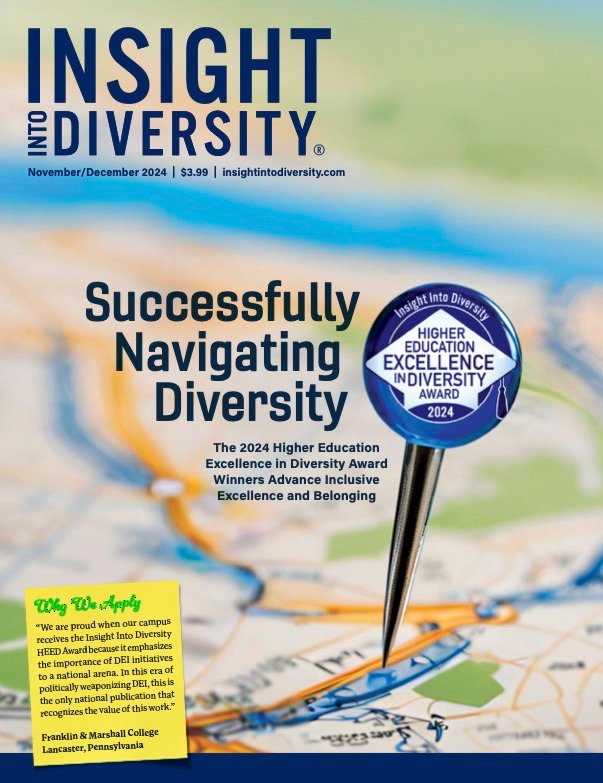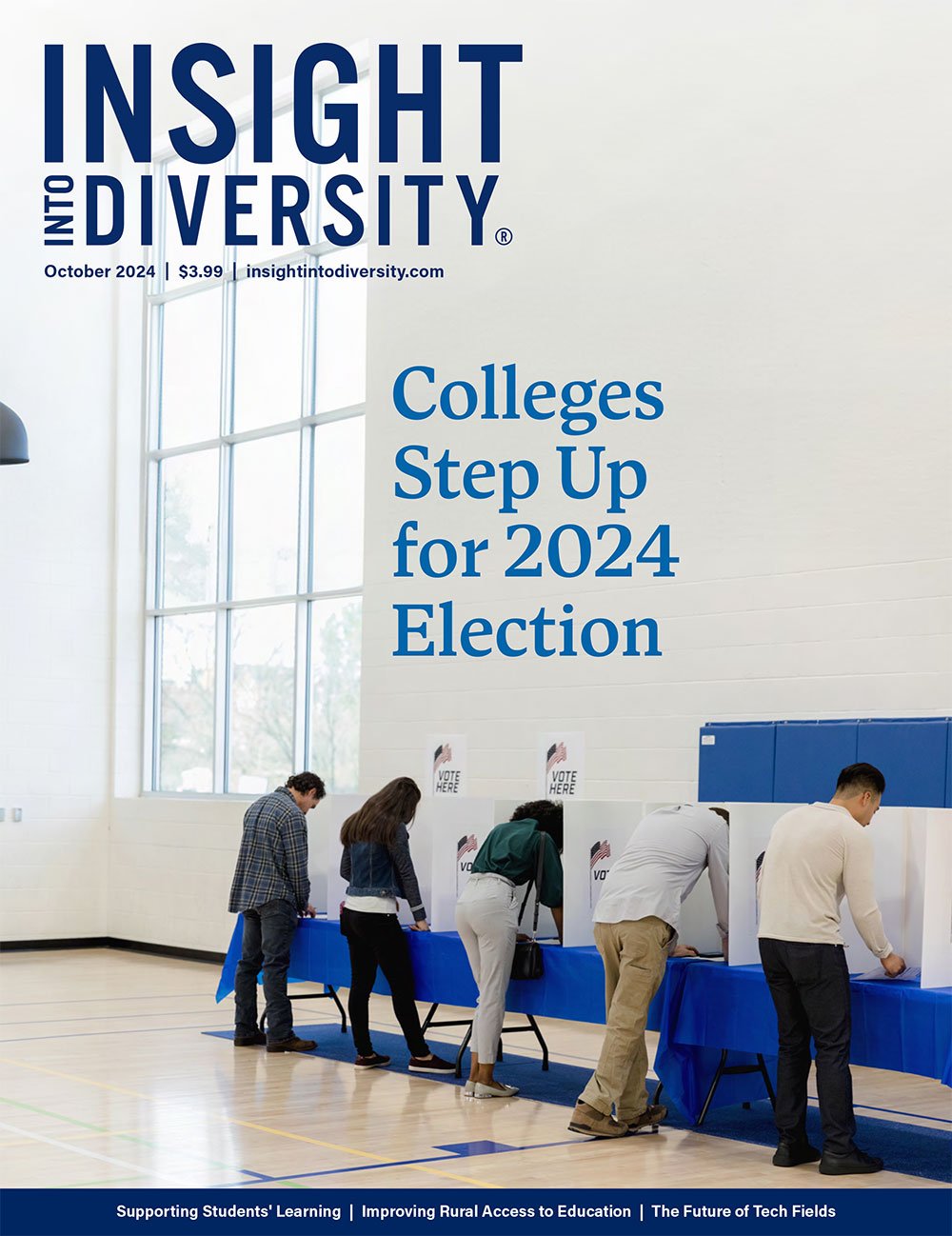An increasing number of institutions are implementing direct admissions programs, which circumvent the traditional application process and offer students automatic admission based on reported grades and test scores.
Idaho public institutions were the first to launch such an initiative in 2015, when they announced direct admission for all state high school graduates. As others have followed suit, data has begun to emerge that sheds light on the impacts of direct admissions on colleges and universities as a whole, but especially on institutional DEI (diversity, equity, and inclusion) practices and efforts.
Among some of the most recent schools to announce direct admissions programs are select University of Georgia system institutions, University of Olivet, Bethel University, and Western Illinois University.
Western Illinois University is one of over a thousand institutions that implemented direct admissions by partnering with Common App, an online platform that connects first-generation and lower-income students with institutions that match their interests and qualifications.
When it launched in 2021, Common App joined forces with three historically Black universities — University of Maryland Eastern Shore, Fisk University in Tennessee, and Norfolk State University in Virginia — in an effort to bridge the opportunity gaps in higher education for historically marginalized populations.
Common App’s pilot program showed that students who receive an offer of direct admission are twice as likely to apply to that college, and the hope was that this would increase enrollment among underrepresented communities. But during the 2022-2023 academic year, about 33,000 students received direct admissions offers from Common App partner institutions, and only 1,893, or about 6%, actually enrolled.
The direct admissions experiment thus far has resulted in minimal progress.
Simplifying the traditionally complex application process does help to overcome specific barriers for some individuals, but other barriers these individuals face, such as the cost of a college education and finding community support, can be the deciding factors keeping students from responding to an offer of direct admission and enrolling in an institution.
Jenny Rickard, CEO of Common App, noted during a press briefing last year that direct admissions is one tool for increasing college access, but not the whole answer.●




















